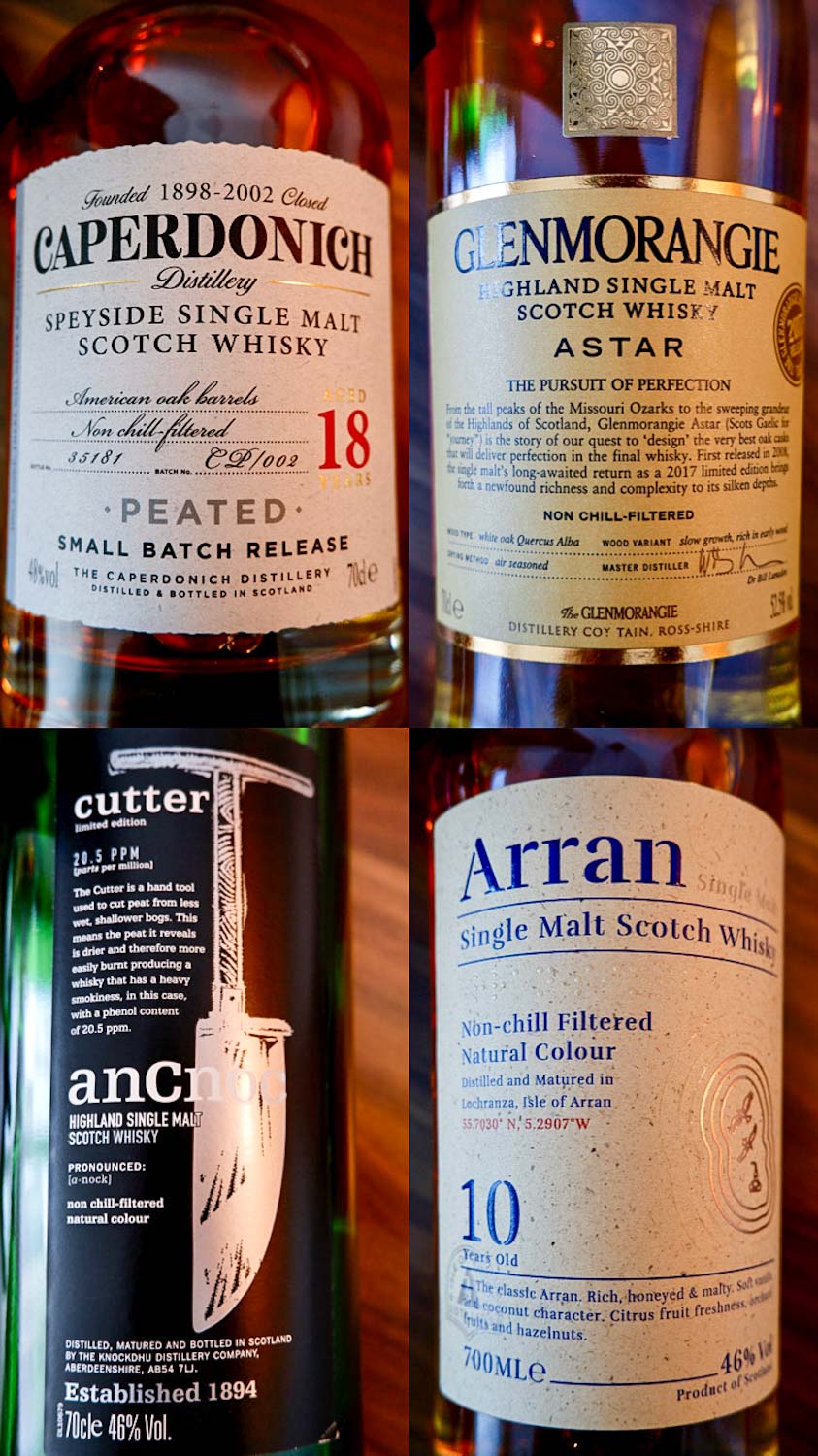CHILL-FILTERING/SOĞUK FİLTRASYON

Hepimizin viski şişelerinin üzerinde çokça gördüğü ve aşina olduğu tabirle “chill-filtered/non-chill filtered” nedir? Gelin, hep birlikte bir göz atalım.
Bazen viskilere buz ya da su eklediğimizde hafif puslandığını, bulanıklaştığını görürüz. Viskinin verdiği bu reaksiyonun kaynağı ise genellikle olgunlaştığı fıçılardaki yağ asidi ve proteinlerdir. İşte bahsi geçen durumun önüne geçmek için bazı üreticilerin tercih ettiği (özellikle blend markaları) ve viskiyi soğutarak, metal ya da kağıt filtrelerden geçirme işlemine verilen ada “soğuk filtrasyon” denmektedir.
Viskide tahıl oranı ne kadar artarsa, içindeki yağ ve protein oranı da yükseleceği için soğutma derecesi düşer. Bu nedenle filtrasyon işleminde berraklığı sağlamak adına single maltlar sıfır(0), blended viskiler eksi dört(-4) dereceye kadar soğutulur.
İslilerin bir çoğunda ve fıçı sertliğindeki viskilerin tamamında filtrasyona ihtiyaç duyulmaz. Çünkü %46 ve üzeri ABV (Alcohol By Volume) oranına çıkıldığında yukarıda bahsettiğimiz kimyasallar su/buz ile reaksiyona girmezler. Örneğin; Bunnahabhain tüm ekspresyonlarını %46,3 abv ve üstünde tutma kararı alarak, görsel açıdan gelebilecek olumsuz yorumlara karşı basit bir çözüm üretmiştir.
Filtrasyon işleminin viskinin tadına etkisi olmadığı genel olarak kabul edilmekle birlikte, soğuk filtrasyonu savunan bir grup, tortu ve kalıntılardan kurtulan viskinin daha yüksek kalitede olduğunu iddia etmektedirler. Ancak tüketici olan bizler açısından iki tip viski arasındaki fark çok zor anlaşılmaktadır. Hatta yapılan kör tadımlarda, uzmanlar dahi aromalarda ciddi farklar tespit edememişlerdir. Fakat tahminim o ki, siz de benim gibi purist yaklaşıma sahipseniz, tükettiğiniz ürünün mümkün olduğunca işlemden geçirilmemiş olmasını tercih edersiniz.
Sağlığınıza.
What is “chill-filtered/non-chill-filtered” which we all see and are familiar with on whisky labels? Let’s have a look.
Sometimes when we add ice or water into a whisky, we see that it becomes slightly blurry. The source of this reaction given by whisky is usually the fatty acids and proteins in the casks in which it matures. In order to prevent this situation, the process in which whisky is passed through metal or paper filters by cooling is called “chill-filtration”, preferred by some distilleries (especially blends).
The higher the grain ratio in whisky is, the higher the fatty acids and proteins are, which makes the cooling degree lower. For this reason, in order to ensure clarity in the filtration process, single malts are cooled to zero (0) and blended whiskies to minus four (-4) degrees.
Most of the peated whiskies and all of the cask strength whiskies require no chill filtration. Because when abv is 46% or higher, the chemicals mentioned above do not react with water/ice. E.g; Bunnahabhain has decided to keep all expressions at 46.3% abv and above, creating a simple solution against negative comments from consumers.
While it is widely accepted that the filtration process has no effect on the taste of whisky; one group that defends chill-filtration argues that whisky gets rid of sediment and residue and it is of higher quality. However, for us, as consumers, the difference between the two types of whisky is very difficult to understand. Even in blind tastings, experts could not detect serious differences between aromas. But if you have purist tendencies in whisky, like me, I am sure you would prefer that the whisky you drink is as pure as possible.
Cheers to all.
